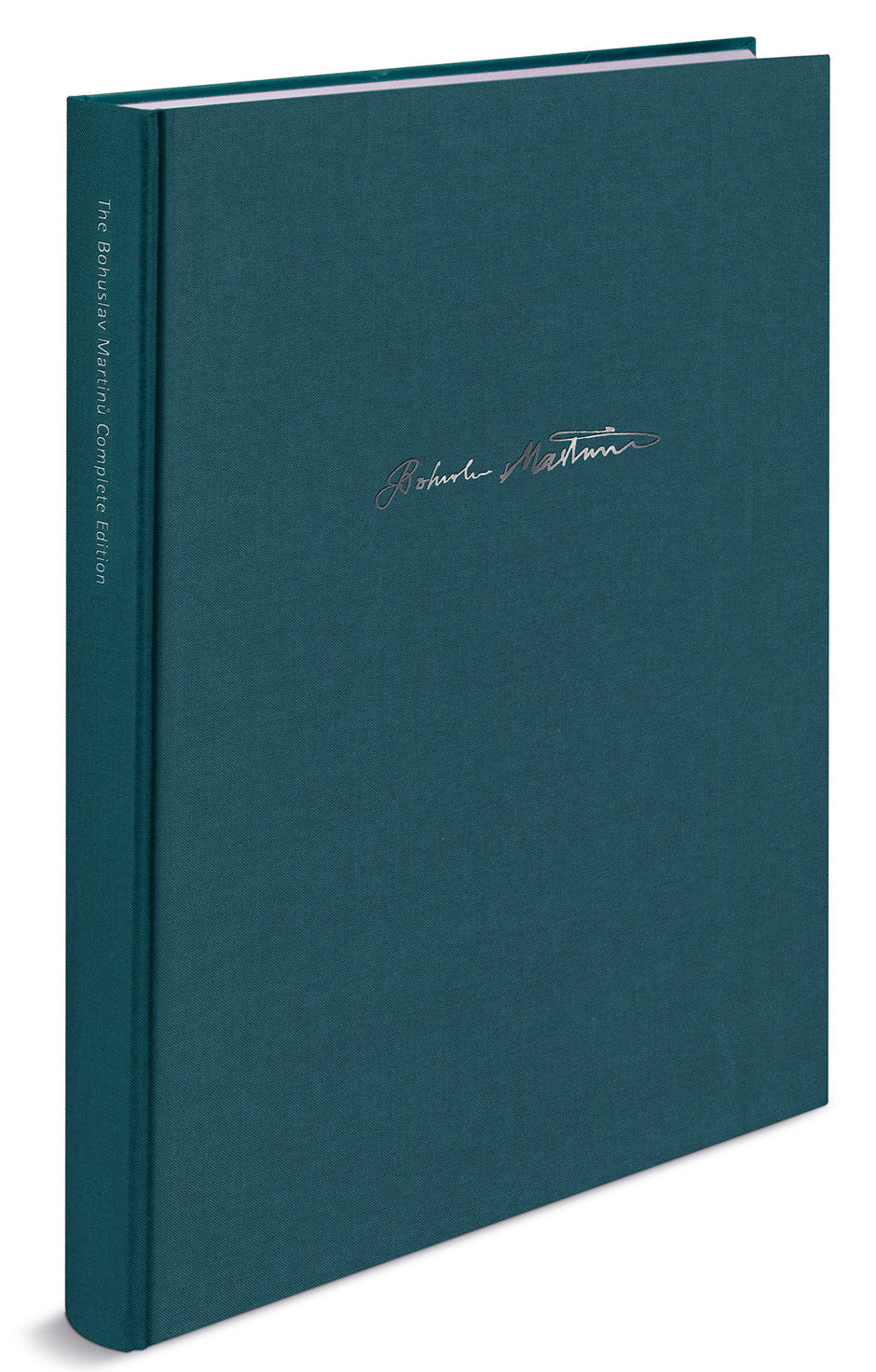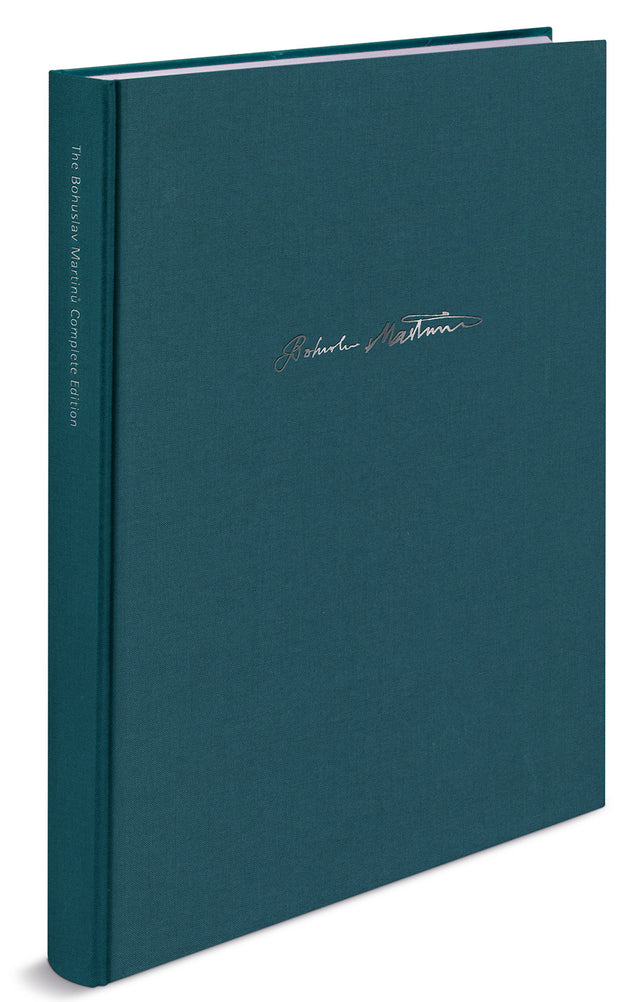Martinů: Ariane, H 370
Expected to ship in 2-3 weeks.
- Composer: Bohuslav Martinů (1890-1959)
- Format: Full Score – Hardcover
- Instrumentation: Opera
- Work: Ariane, H 370
- Binding: Hardcover
- ISMN:
- Size: 10.4 x 13.2 inches
- Pages: 194
- Urtext / Critical Edition
Description
Martinů composed the one-act opera "Ariane" over the course of a single month, in June 1958. He prepared the libretto himself according to his friend Georges Neveux's play "The Voyage of Theseus" (1943). Most of the text was taken from the second and third act, besides Ariane's lamentation at the beginning of the fourth act, which he adapted as a grand coloratura aria within the opera's finale.
Soon after its completion, in summer 1958, and hoping for a world premiere at Milan's La Scala, Martinů entered the opera into a composer's competition organised by the Italian publishing house Ricordi to celebrate the 150th anniversary of its founding. When the contest was called off, Martinů offered the work to Bärenreiter in spring 1959. Both the full score and the vocal score (arranged by the composer) were published posthumously in 1960. The premiere took place at the municipal theatre in Gelsenkirchen in 1961.
The main source of this scholarly-critical edition is the autograph score, while the vocal parts are also based on the autograph vocal score as a referential source. The Appendix offers the original beginning of the work with an entirely different orchestration, which is also reproduced as a facsimile.
Publishers use a lot of words to describe what they sell, and we know it can be confusing. We've tried to be as clear as possible to make sure you get exactly what you are looking for. Below are descriptions of the terms that we use to describe the various formats that music often comes in.
Choral Score
A score for vocalists that only contains the vocal lines. The instrumental parts are not there for reference. Generally, cheaper than a vocal score and requires multiple copies for purchase.
Facsimile
Reproductions of the original hand-written scores from the composer.
Full Score
For ensemble music, this indicates that the edition contains all parts on a single system (there are not separate parts for each player). In larger ensembles, this is for the conductor.
Hardcover
Hardbound. Generally either linen-covered or half-leather.
Orchestral Parts
Similar to a wind set, this is a collection of parts. In the case of strings, the numbers listed are the number of copies included, though generally these are available individually (often with minimum quantities required).
Paperback
When publishers offer multiple bindings (e.g. hardcover) or study scores, this is the "standard" version. If you're planning to play the music, this is probably what you want.
Performance / Playing Score
A score of the music containing all parts on one system, intended for players to share. There are not separate parts for each player.
Set of Parts
For ensemble music, this indicates that there are separate individual parts for each player.
Solo Part with Piano Reduction
For solo pieces with orchestra, this is a version that contains a piano reduction of the orchestra parts. For piano pieces, two copies are typically needed for performance.
Study Score
A small (think choral size) copy of the complete score meant for studying, and not playing. They make great add-ons when learning concertos and small chamber works.
Vocal Score
A score prepared for vocalists that includes the piano/organ part or a reduction of the instrumental parts.
Wind Set
For orchestral music, this is a collection of wind and percussion parts. The specific quantities of each instrument are notated.
With Audio
In addition to the printed music, the edition contains recordings of the pieces. This may be an included CD, or access to files on the internet.
With / Without Fingering (Markings)
Some publishers prepare two copies - a pure Urtext edition that includes no fingering (or bowing) suggestions and a lightly edited version that includes a minimal number of editorial markings.



